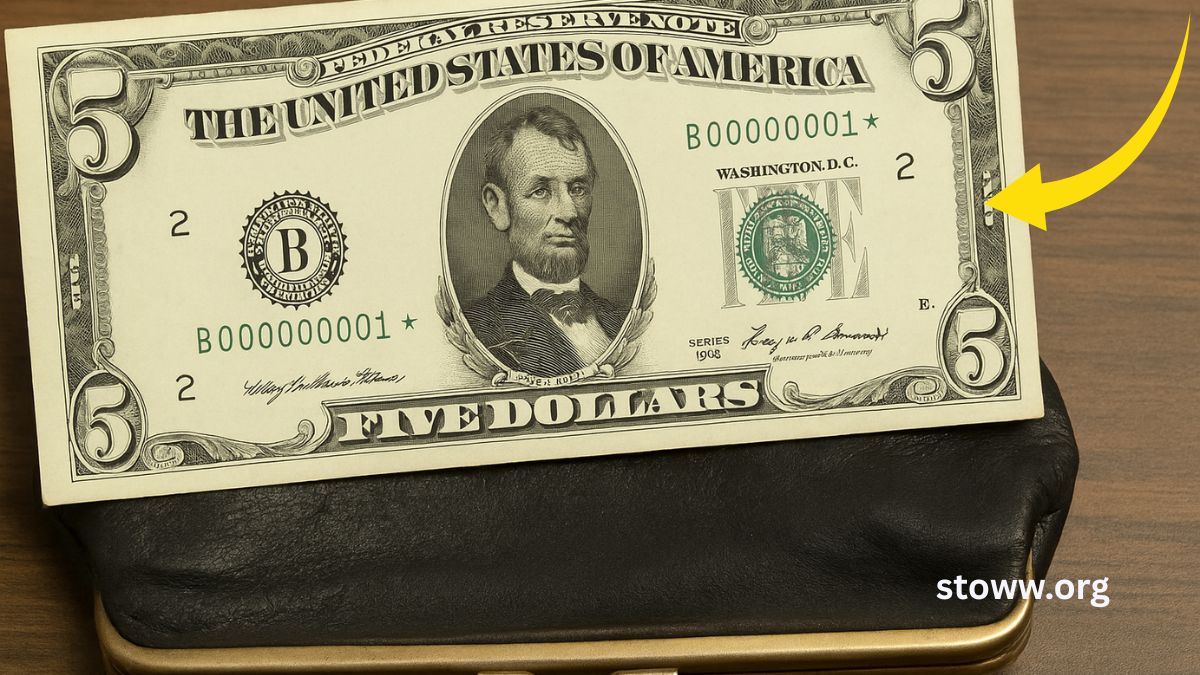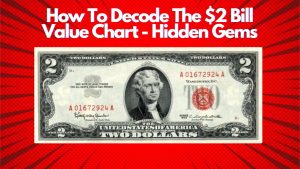In an astonishing turn of events, a woman from Texas unearthed a rare $5 star note while cleaning out her late grandmother’s vintage purse.
What seemed like an ordinary bill turned out to be a collector’s dream, eventually selling for $37,500 at a numismatic auction.
This discovery underscores the hidden value that everyday items can hold, especially in the world of currency collecting.
Understanding Star Notes
Star notes are special replacement bills issued by the U.S. Bureau of Engraving and Printing when a misprint occurs during production.
Instead of reprinting the same serial number, a star is added at the end of the new serial number to denote its replacement status. These notes are produced in limited quantities, making them highly sought after by collectors.
Details of the Rare Find
The discovered $5 star note had several unique features that contributed to its high valuation:
- Series Year: 1953
- Serial Number: B00000001*
- Condition: Uncirculated
- Printing Error: Misaligned seal
- Unique Features: Low serial number and printing anomaly
These characteristics significantly increased the note’s rarity and desirability among collectors.
Factors Influencing the Note’s Value
Several elements played a role in the note’s impressive auction price:
- Low Serial Number: Collectors highly value notes with low or unique serial numbers.
- Printing Error: The misaligned seal is a rare printing anomaly that adds to the note’s uniqueness.
- Uncirculated Condition: The note’s pristine state preserved its value over time.
- Historical Significance: Being from the 1953 series adds a layer of historical interest.
Comparison with Other Valuable $5 Star Notes
To put this find into perspective, here’s a comparison with other notable $5 star notes:
| Series Year | Serial Number | Condition | Estimated Value |
|---|---|---|---|
| 1928 | A00000001* | Very Fine | $10,000 |
| 1934 | B12345678* | Uncirculated | $12,500 |
| 1953 | B00000001* | Uncirculated | $37,500 |
| 1963 | C00000001* | Fine | $8,000 |
Values are approximate and can vary based on market demand.
Tips for Identifying Valuable Star Notes
If you’re curious about the potential value of star notes in your possession, consider the following:
- Check the Serial Number: Low numbers (e.g., 00000001) or patterns (e.g., 12345678) are more valuable.
- Inspect for Errors: Misprints, misalignments, or unique features can increase value.
- Assess the Condition: Uncirculated or well-preserved notes fetch higher prices.
- Research the Series Year: Older series are generally rarer and more valuable.
The discovery of a rare $5 star note in a vintage purse serves as a compelling reminder of the hidden treasures that may lie in everyday items.
For collectors and enthusiasts, it emphasizes the importance of attention to detail and the potential value that unique currency can hold.
Whether you’re a seasoned numismatist or a curious novice, this story highlights the exciting possibilities within the world of currency collecting.
FAQs
What is a star note?
A star note is a replacement banknote issued when the original note has a printing error. It features a star symbol at the end of the serial number to indicate its status.
How can I determine the value of my star note?
The value depends on factors like the note’s condition, serial number, rarity, and any unique features. Consulting a currency appraisal expert or referencing recent auction results can provide insights.
Where can I sell a valuable star note?
Valuable star notes can be sold through numismatic auctions, reputable currency dealers, or online marketplaces specializing in collectible currency.



